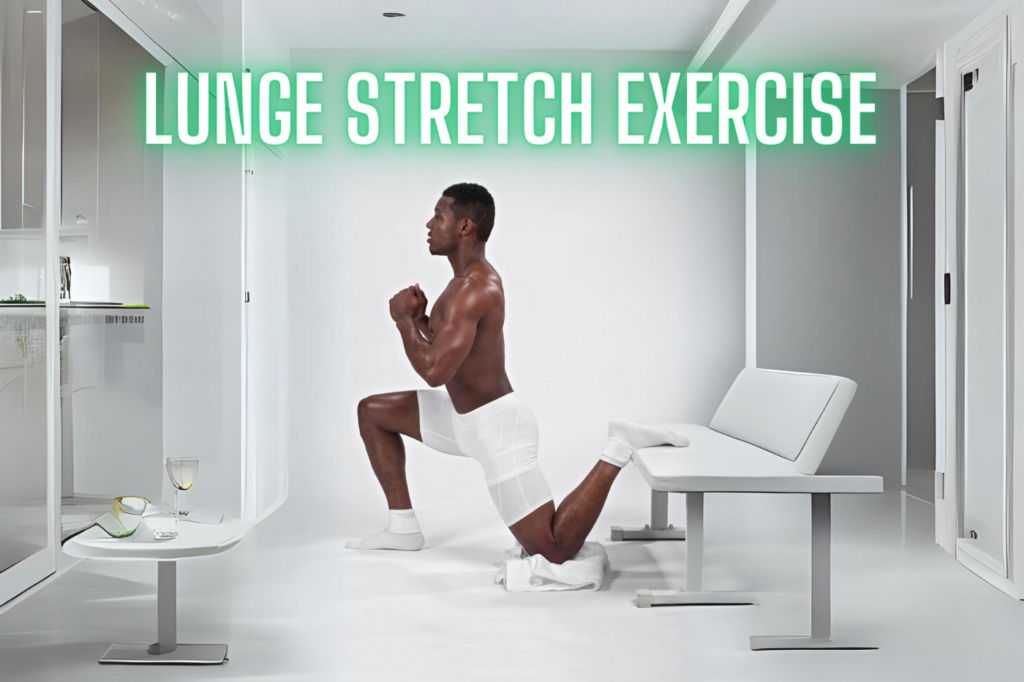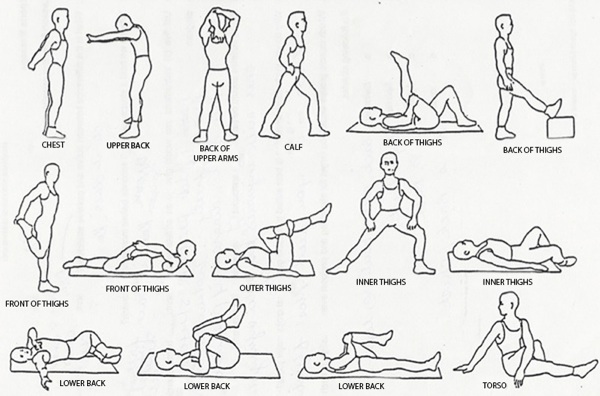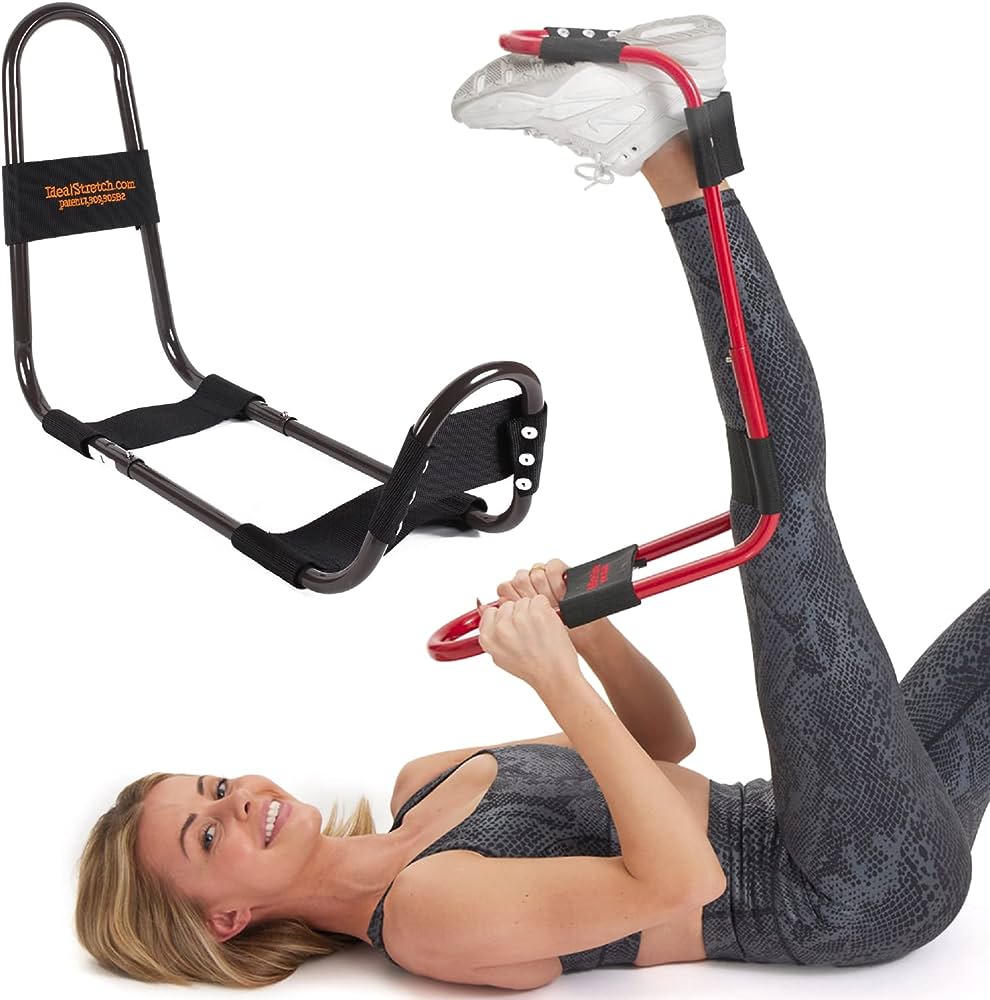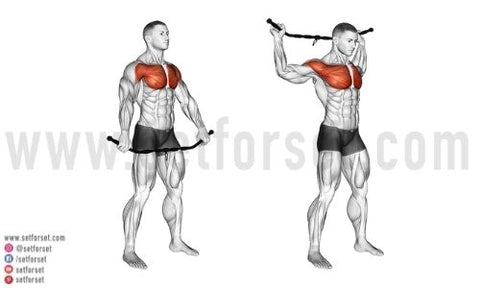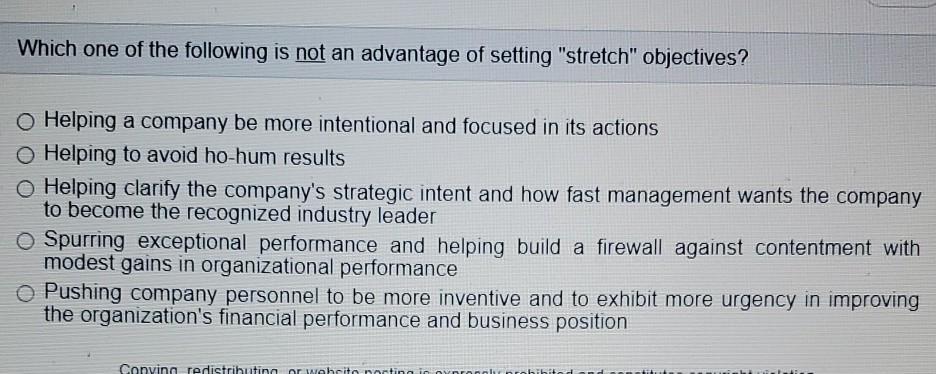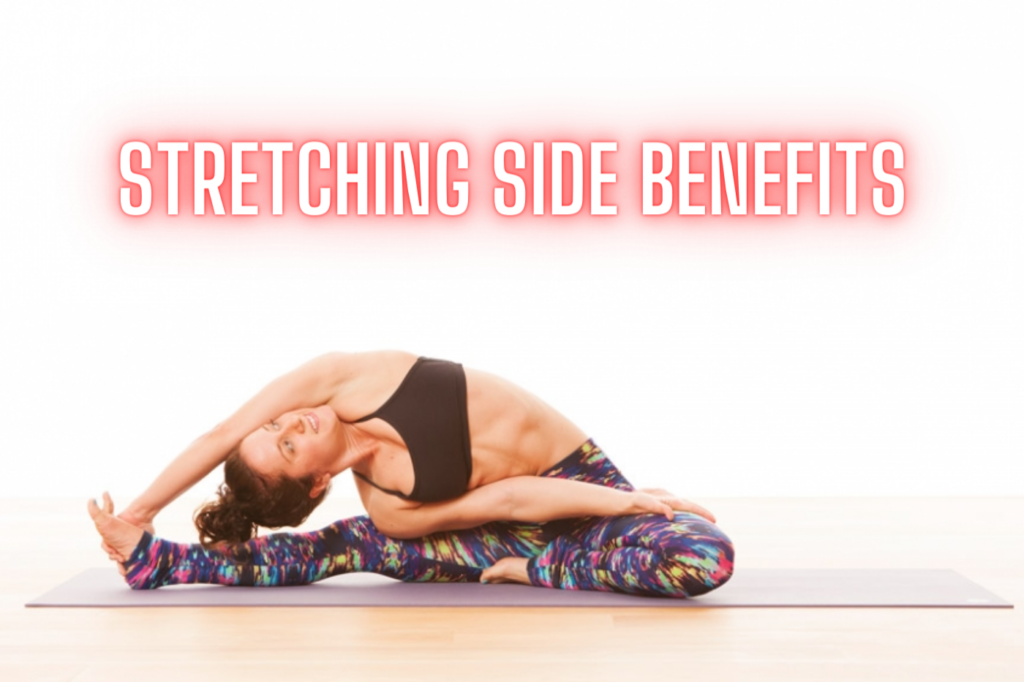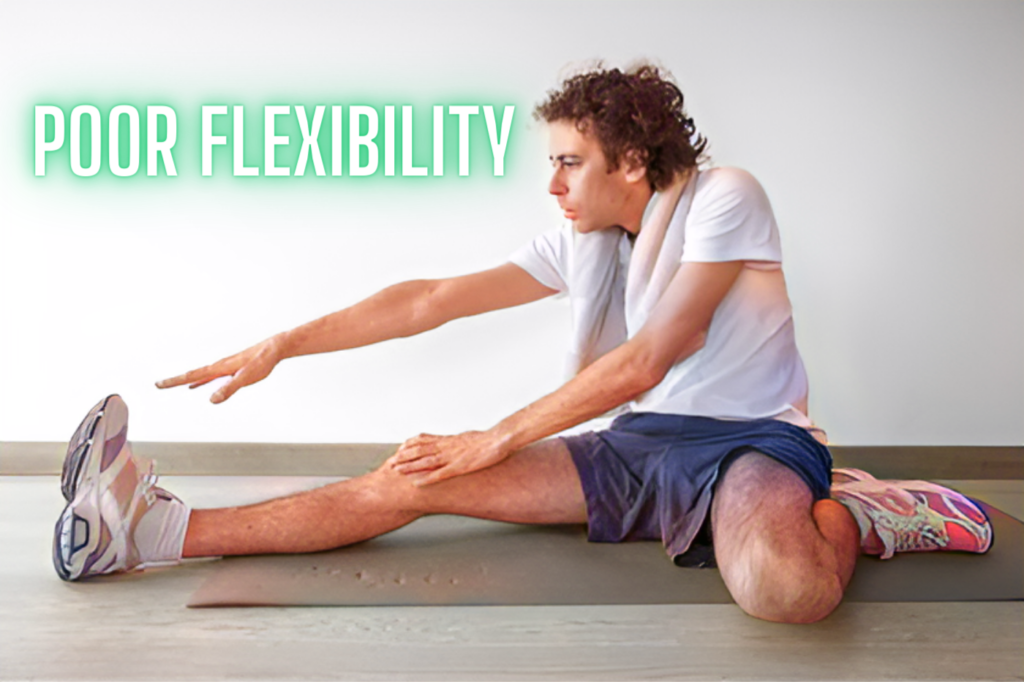The lunge stretch exercise targets the hip flexors and quadriceps, improving flexibility and mobility. It is essential for runners and athletes.
The lunge stretch exercise is a fundamental movement that enhances lower body flexibility and strength. It targets the hip flexors, quadriceps, and glutes, making it an excellent choice for athletes and fitness enthusiasts. Regular practice can lead to improved athletic performance and reduced risk of injury.
This exercise also helps in alleviating lower back pain by stretching tight hip muscles. It is simple to perform and can be done anywhere without any equipment. Incorporating the lunge stretch into your routine promotes better posture and overall body balance. It’s a versatile stretch suitable for warm-ups, cool-downs, or standalone flexibility sessions.
:max_bytes(150000):strip_icc()/StandingLunge_annotated-1227433e0be6464d9c4376e72ac5eab6.jpg)
Credit: www.verywellfit.com
Introduction To Lunge Stretches
Lunge stretches help improve your flexibility. These stretches target the hip flexors and hamstrings. They also engage the quadriceps and glutes. Regular practice can make your muscles more elastic.
Lunge stretches can also increase your strength. They help build muscle endurance. Your balance and stability will improve. Stronger muscles can prevent injuries. This exercise is great for overall fitness.
Anatomy Of A Perfect Lunge
Performing the perfect lunge stretch exercise targets your glutes, hamstrings, and quads effectively. Ensure your knee aligns with your ankle, maintaining a straight back for optimal results. This exercise improves balance and flexibility, making it a staple in fitness routines.
Key Muscle Groups
A lunge works many muscles. The quadriceps are the main muscles. These muscles are in the front of the thigh. The hamstrings work hard too. They are at the back of the thigh. The glutes are also important. They are in the buttocks. The calves help as well. These are the muscles in the lower leg. The core muscles keep the body stable. They are in the stomach area.
Proper Form And Technique
Keep your back straight. Step one foot forward. Bend both knees. The front knee should be over the ankle. The back knee should be close to the floor. Do not let the front knee go past the toes. Push back up to the starting position. Use the front foot to push. Keep your core tight. This helps with balance. Repeat with the other leg.
Variations Of Lunge Exercises
Static lunges are simple and effective. Stand with one foot forward and one foot back. Lower your back knee toward the ground. Keep your front knee over your ankle. Return to the starting position. Repeat for a full set.
Walking lunges add movement to the exercise. Step forward with one leg and lower your hips. Push off with your back foot to step forward. Alternate legs with each step. This exercise improves balance and coordination.
Side lunges work the inner thighs. Step to the side and bend your knee. Keep the other leg straight. Push back to the starting position. Repeat on the other side. This exercise strengthens the outer and inner thighs.

Credit: www.youtube.com
Integrating Lunges Into Your Routine
Lunges are great for warming up. They get your muscles ready to work. Use lunges to cool down too. They help your muscles relax.
Add weights to your lunges for more challenge. Use dumbbells or a barbell. Start with light weights. Increase the weight as you get stronger.
Do lunges three times a week. Each session should last 10-15 minutes. Take breaks if you feel tired. Listen to your body.
Common Mistakes To Avoid
Many people struggle with keeping a straight back during the lunge stretch. Bending forward too much can cause back pain. Keeping your back aligned helps to prevent injuries.
Pushing the knee too far can lead to joint strain. The knee should stay above the ankle. This way, the pressure is evenly distributed.
Engaging the core is crucial. A weak core can lead to imbalance. Tightening the abdominal muscles provides stability. This also protects your lower back.
Safety Tips For Injury Prevention
Always be aware of your body’s limits. Pushing too hard can cause injuries. Start with light stretches and gradually increase intensity. Listen to your body. Stop if you feel pain. Consult a doctor before starting new exercises. Warm up properly to prepare your muscles. Cool down after exercises to avoid stiffness.
Stretching keeps your muscles flexible and strong. It helps to prevent injuries. Incorporate stretching into your daily routine. Hold each stretch for about 20-30 seconds. Breathe deeply while stretching. Focus on different muscle groups. Stretching improves blood flow to your muscles. It also reduces muscle tension and stress.
Progress Tracking And Goal Setting
Keep a journal to note your progress. Write down how many lunges you do each day. Measure your flexibility and strength weekly. Use a ruler to see how far you can stretch. Check how long you can hold the lunge. Compare your results every month. This helps you see improvement over time.
Start with small goals. Aim to increase your lunges by 5 each week. Set a goal to hold the lunge for 10 more seconds every week. Make sure your goals are achievable. Write down your goals and track your progress. Reward yourself when you reach a goal. This keeps you motivated and helps you stay on track.
Advanced Lunge Workouts
Plyometric lunges are a high-intensity workout. They help build explosive strength. Start in a basic lunge position. Jump up and switch legs in mid-air. Land softly and repeat. Perform this exercise for 30 seconds. Rest for 10 seconds and repeat. This improves your agility and speed. Make sure to keep your core tight. This will prevent injuries.
Challenges add fun and variety to your workouts. Try the 30-day lunge challenge. Start with 10 lunges a day. Increase the count by 5 every week. Track your progress in a journal. Another challenge is the weighted lunge. Hold a dumbbell in each hand. Perform lunges for one minute. This adds intensity and builds muscle strength. Compete with friends for extra motivation.
Nutrition And Recovery
Eating the right foods helps your body recover. Protein helps build muscles. Carbohydrates give you energy. Healthy fats are good for your brain. Drink plenty of water to stay hydrated. Avoid junk food and sugary drinks. They make you feel tired and slow.
Stretching your muscles after exercise can reduce soreness. Massage helps to relax tight muscles. Ice packs reduce swelling and pain. Rest is very important. Your body needs time to heal. Sleep helps your muscles grow and repair.
Testimonials And Success Stories
People love the lunge stretch exercise. Jane lost 20 pounds in two months. She feels stronger and more flexible. John had back pain for years. After one month of lunges, his pain went away. Maria uses lunges to keep fit. She says her legs are toned and firm. Kids also enjoy doing lunges with their parents. It’s a fun way to stay active.
Trainers recommend the lunge stretch exercise for all ages. Dr. Smith calls it a full-body workout. It strengthens legs, hips, and core. Coach Adams uses lunges in every session. He says it improves balance and posture. Physical therapists suggest lunges for recovery. They help in regaining strength after injuries. Nutritionists agree lunges burn calories effectively.

Credit: www.youtube.com
Frequently Asked Questions
What Is The Lunge Stretch?
The lunge stretch targets the hip flexors, quads, and hamstrings. To do it, step one foot forward, bend both knees, and lower your hips. Hold for 15-30 seconds. Repeat on the other side.
What Are The Benefits Of Lunges Exercise?
Lunges strengthen your legs and glutes. They improve balance and core stability. This exercise enhances flexibility and boosts overall fitness.
Are Lunges Good For Tight Hip Flexors?
Yes, lunges help stretch and strengthen tight hip flexors. They improve flexibility and promote better mobility.
What Are The Benefits Of Standing Lunge Stretch?
Standing lunge stretch improves flexibility, strengthens leg muscles, and enhances balance. It also relieves lower back pain and increases hip mobility.
Conclusion
Regularly practicing the lunge stretch can significantly improve flexibility and strength. It’s a simple yet effective exercise. Make it a part of your fitness routine for better mobility. Remember, consistency is key to seeing results. Prioritize your health and enjoy the benefits of a well-stretched body.

